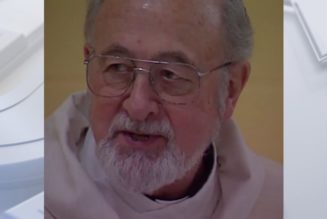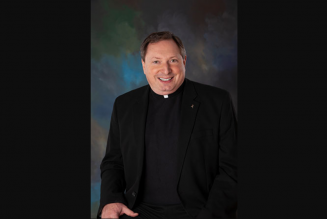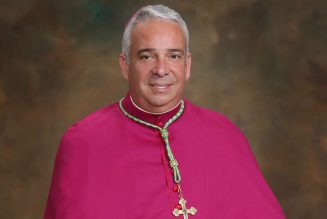Additionally, the brief asserts that “no changed factual circumstances related to viability exist on this record,” and that “[m]edical consensus and the undisputed facts in the case establish that viability occurs no earlier than 23-24 weeks of pregnancy, precisely the time identified thirty years ago in Casey.”
Jackson Women’s Health asserts that the viability line must be maintained because it is the only standard that can consistently be applied by the courts.
“There is no heightened scrutiny framework (stripped of the viability rule) that lower courts could administer against the inevitable cascade of abortion bans that would follow if the Court does anything other than affirm” the lowers courts’ rulings that Mississippi’s law is unconstitutional, the brief states.
Countering that assertion is an amicus brief filed by a group of women obstetricians and gynecologists and the Catholic Association Foundation. That brief calls the viability standard established by Roe and Casey “outdated according to current science,” adding that “’viability’ no longer means what it did at the time of Roe and Casey.”
The same brief also details the advances in ultrasound technology since Casey, now available in vivid 4D renderings, that have provided more precise knowledge about fetal development. At 15 weeks, the brief states, all the fetus’ major organs are fully formed and functioning, as is the cardiovascular system.
“This is the living reality of what is at issue in this case: a tiny boy or girl who, at 15 weeks, kicks, breathes, and hiccups, who has little fingers that open and close — and who has undeniably ‘assum[ed] the human form,’” the brief states.
Although viability remains a matter of debate, the State of Mississippi and others argue that it ought to be left to democratically elected state legislatures to decide how to handle such contentious questions, not the courts.
“The legal standard, set forth in Gonzales v. Carhart (upholding the constitutionality of the federal partial birth abortion ban act), is that when there is a disagreement among learned scientific experts, the state is free to legislate according to its best judgment,” Snead wrote in his email to CNA.
“There need not be unanimity among experts for a state to legislate in a contested domain,” he explained.
“But the deeper point here is that because this is an area of scientific and medical disagreement, the Supreme Court lacks the institutional competence to serve as the nation’s ad hoc abortion medical review board of last resort,” Snead wrote. “That is best [left to] the political branches.”
Join Our Telegram Group : Salvation & Prosperity





